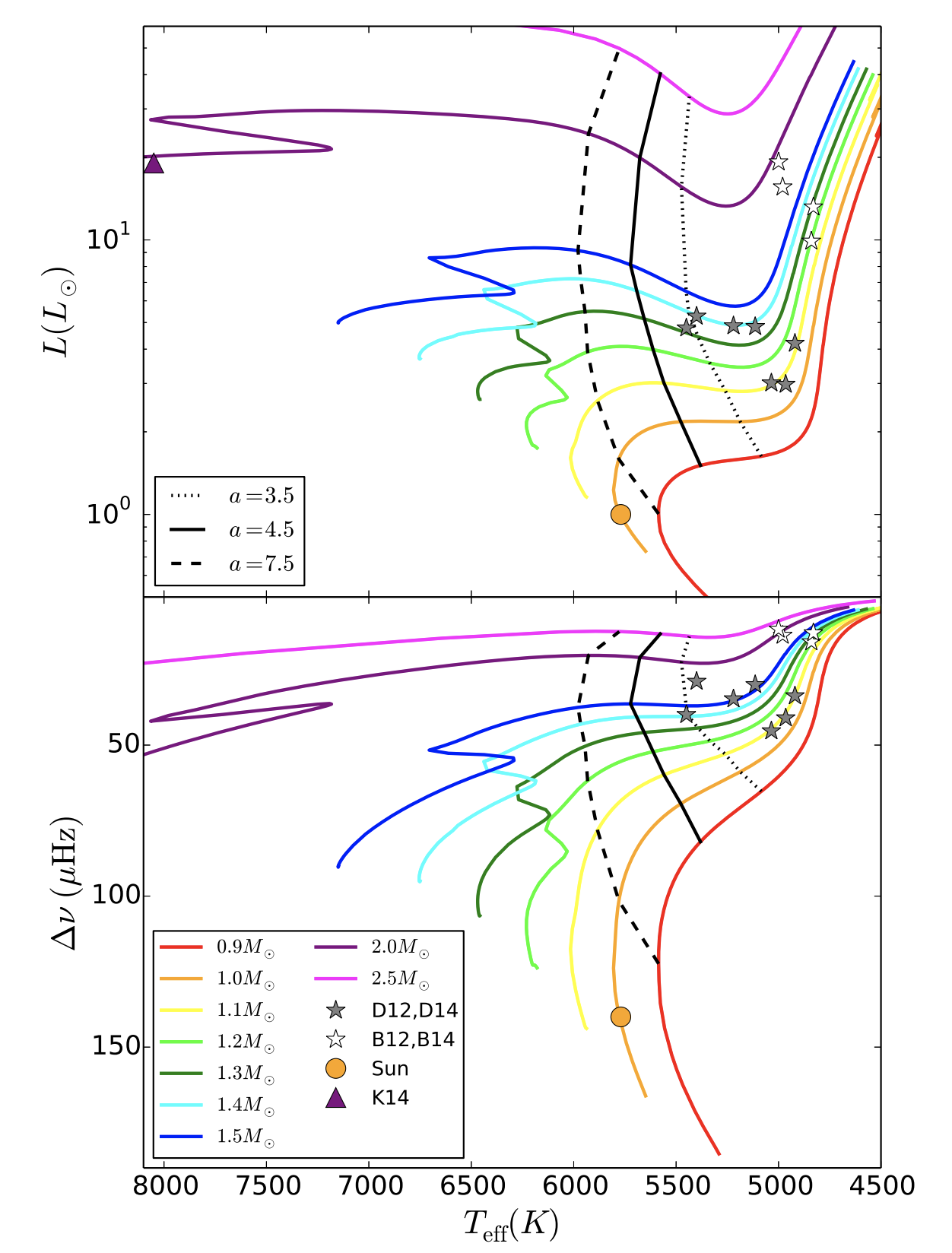Featured on the cover of Nature
Our recent theoretical work on the stability and mass loss of luminous blue variables has been published in Nature, and we made the cover! Our radiation three-dimensional simulations of massive, radiation-dominated stars, show that helium opacity has an important role in triggering outbursts and setting the observed effective temperature of luminous blue variables during outbursts. This finding represents an important step forward in understanding the life and death of the biggest stars in the universe. These massive stars, despite their small number, largely determine the evolution of galaxies through their stellar winds and supernova explosions. And when they die, they leave behind black holes. Here you can find a movie of the simulations.
“Outbursts of luminous blue variable stars from variations in the helium opacity” Nature 561, 498–501 (2018)



























